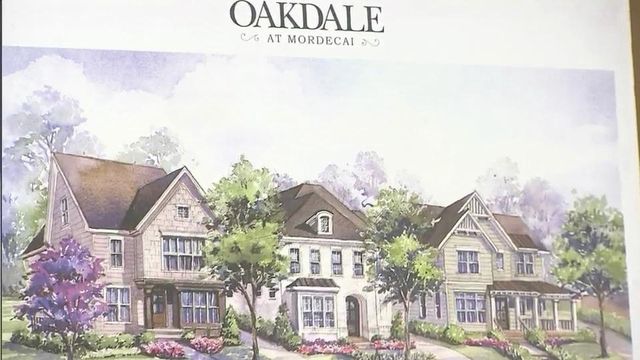Raleigh 'tiny town' residents worry development will change neighborhood
About 70 people from the neighborhood gathered at Trinity United Methodist Church on Monday to get more information from developers on what they can expect regarding development for new homes, which is expected to begin in mid-September.
Posted — UpdatedAndi White moved into the area known as “tiny town” about two years ago. She’s curious to know how much the neighborhood will change with plans for 58 new homes along Virginia Avenue and Sasser Street.
“I really like the family feel of the area. All around here are people walking their dogs, families walking around, kids playing on scooters,” White said.
About 70 people from the neighborhood gathered at Trinity United Methodist Church on Monday to get more information from developers on what they can expect regarding development for the homes, which is expected to begin in mid-September.
More specifically, they wanted to know exactly how their beloved neighborhood will change.
Developer Jack Morisey did his best to assure the group that the new houses will blend well with what is already in the area.
“That meeting they gave us a lot of great feedback about what they felt it should be,” Morisey said. “One of the most important things I heard a lot was they didn’t want to see houses with front facing garages on them.”
Residents at the meeting were also concerned about whether eco-friendly materials will be used in the project, whether there will be sidewalks, and how the building process will impact ever day life.
One thing Morisey is fairly certain about is the price point. The homes will start at $500,000- much different than the low-income housing that once existed in the area.
After asking questions at Monday’s meeting, many residents seemed receptive to the plans presented, although some said the proposal felt a bit like gentrification.
Morisey said that he still foresees a very diverse neighborhood.
The homes will be built 25 at a time, so the project could take about two-and-a-half years to complete.
• Credits
Copyright 2024 by Capitol Broadcasting Company. All rights reserved. This material may not be published, broadcast, rewritten or redistributed.





